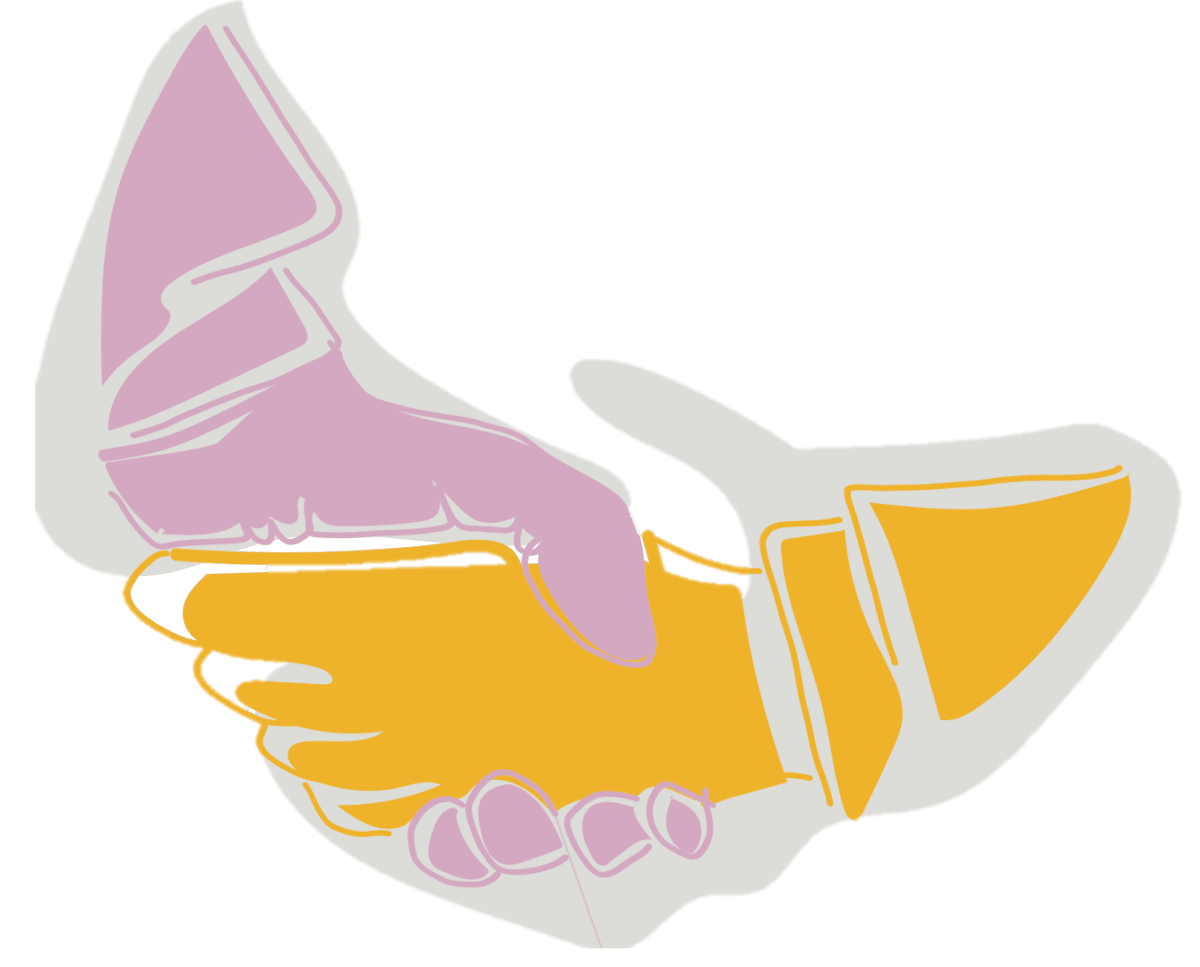It’s time to say goodbye to the handshake. Addressing the press after Victoria’s second surge of cases, the Prime Minister declared that handshakes are out of the question for “a very long time”. Researchers and medical officials have impressed on us the danger of ubiquitous handshaking in a pandemic. It has become clear that a revolution in greeting affairs is in order.
Handshakes are so ingrained within our culture that departure from the practice may very well be the hardest behavioural aspect of the crisis. Handshakes have defined historical relationships and sealed some of humanity’s biggest deals. It’s no surprise that leaders have been unable to end the practice of the handshake six months into the pandemic.
The versatility of the handshake will be sorely missed. From greeting an old friend to ending a particularly important business meeting, the handshake was useful in many situations. Alas, the handshake was also useful as a vehicle of transmission in a time of uncontrolled viral spread. This is not the first pandemic the handshaking world has had to deal with, and I wonder whether this is the first time that authorities have targeted the handshake. Alternatively, the handshake could be just as resilient as the very virus it currently helps to transmit.
As the handshake becomes outdated and dangerous, the time is now for a radical shift towards alternate forms of greeting. I have compiled a quick list of global alternatives to the handshaking of yesteryear.
First on the list is the Japanese bow or ‘ojigi’. This practice originates in Japan and consists of a slight tilting of the body downwards at the waist. I have been told that it is important to keep a straight back during the bow, as a bent back could be a sign of lethargy and disrespect to the recipient. I imagine this is a similar experience to receiving a limp/floppy handshake from an unfriendly colleague. Performed at the recommended foot-and-a-half distance, the Japanese bow is refined and meets the hygienic requirements of a COVID-19 beating greeting.
Second on the list is the fist-bump. Aside from the issue that it doesn’t avoid the skin to skin contact that has killed the handshake, I object to it on grounds of absurdity. I can only cringe at the prospect of a world characterised by deals sealed with the fist-bumping of the global elite. It would be as if Tony Hawk had suddenly become the President of the United States, although I understand that this would be a relief for many.
This brings us to my last suggestion, which comes from South Asia. In a similar way that the handshake formed into a near worldwide practice, the ‘namaste’ has the respectfulness and sophistication of a firm handshake whilst lacking the viral potential. Current users of the greeting are Narendra Modi (see Indian Prime Minister) and Prince Charles (see repudiated Emperor of India). Long the culturally appropriated symbol of yoga instructors (and the Crown Prince), the ‘namaste’ is a solid competitor for the zeitgeist of the post-pandemic world.
The struggle to replace the handshake will be a long and arduous task. The practice that started as a demonstration that one was unarmed has evolved to become the currency of professionalism. The handshake has served us well but was ultimately too intimate for its own good. It will be missed.
Vale the handshake.
Think your name would look good in print? Woroni is always open for submissions. Email write@woroni.com.au with a pitch or draft. You can find more info on submitting here.
We acknowledge the Ngunnawal and Ngambri people, who are the Traditional Custodians of the land on which Woroni, Woroni Radio and Woroni TV are created, edited, published, printed and distributed. We pay our respects to Elders past and present. We acknowledge that the name Woroni was taken from the Wadi Wadi Nation without permission, and we are striving to do better for future reconciliation.
